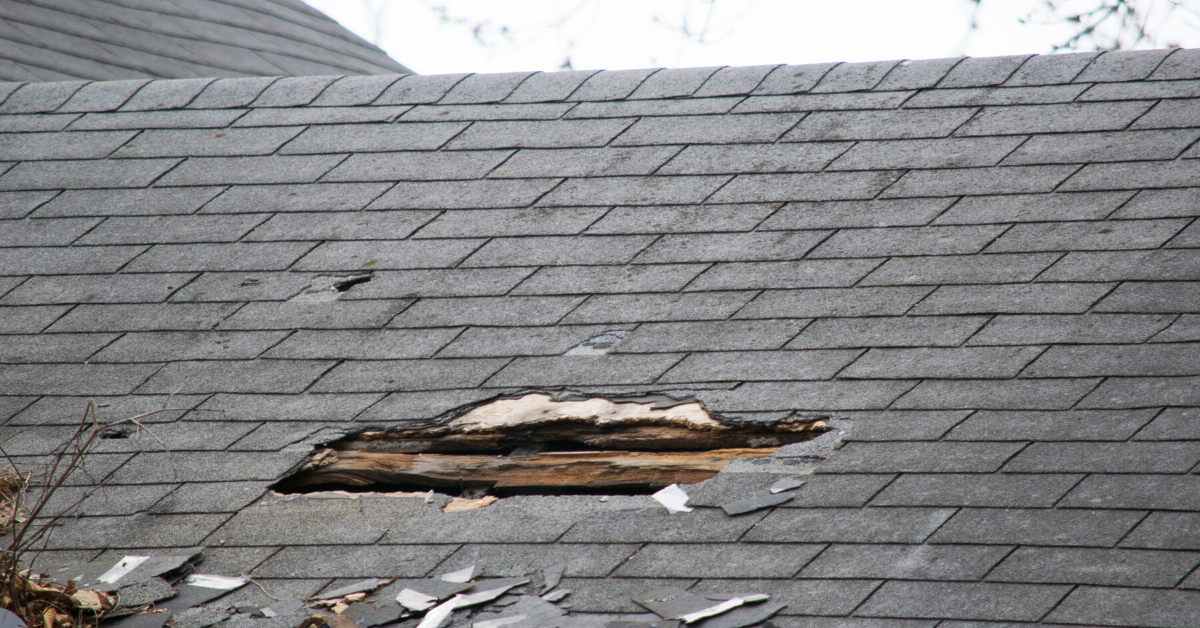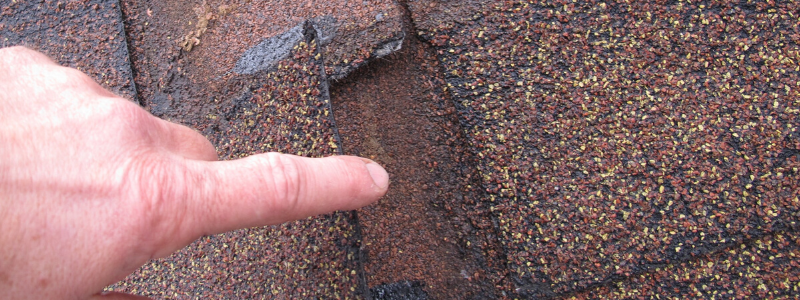
How to Inspect a Roof
Roof repairs and replacements are one of the most costly investments for residential homeowners and commercial property managers. Many assume that a roof is in working order so long as there aren’t any apparent leaks or cracks. Neglecting regular maintenance and inspections can, in the long-run, be more costly and cause more inconvenience than necessary. Structural damage usually happens by the time most are even able to detect a roof leak. Rather than take this path, it’s important to schedule regular maintenance to ensure proper care for an expensive investment. Roofs, after all, are what protect your home and business from outside elements. Want to learn more about how to inspect a roof? We’re giving you more tips below.

Why Is Roof Inspection Important?
A routine roof inspection is one of those preventive maintenance tasks that often go overlooked. Instead, try to stay on top of it. Why are inspections important, though? Roof inspections allow you to stay engaged with the overall health of your roof and it allows you to take proactive steps prior to having to make drastic and costly repairs. Be sure to set your calendars for once-per-year reminders for general roof inspections and roof maintenance. While it’s advisable to utilize a trusted Colorado roofing expert to complete this task, it’s also possible to do-it-yourself. Learn more about the specifics on how to inspect a roof below.
Regular inspections are usually covered with most roofing craftsmanship warranties. Be sure to check on this before you hire a Colorado roofer.
Roofing inspections conducted by professionals are usually completed quickly and painlessly. Whatever roofing company installed your roof should be able to provide these services, especially if they are trusted and reliable experts. Typically, they have a set of procedures to execute in order to evaluate and provide a clear idea of some key factors. Most roofers are looking for the following details during their roof inspection:
- What is the integrity of the current roof?
- How much longer will it last?
- Are there damaged areas or areas of concern?
- When will a new roof installation be absolutely necessary?
Hiring Experts for Your Roof Inspection
Hiring an expert to complete a roof inspection is a good idea for a few reasons. First, professional roofers have tools and experience in evaluating thousands of roofs. They automatically understand the components that make up a roof and can easily spot detect areas of concern. Additionally, roofers often don’t need to tear anything apart. Most will use an infrared device to detect hot spots. Heat escaping will be immediately evident, thus making it fool-proof in finding compromised sections in your roofing structure. The roofer can then call out those areas as ‘problematic’ and possibly prone to leaks or damage.
How to Inspect a Roof
If you’re not wanting to hire a roofing expert for your roof inspection, it’s still important that you continue with regular maintenance. Similar to changing the oil in your car, having someone examine the roof quality can help to avoid extremely expensive repairs. In addition, because roof replacements are an investment, insurance companies and lenders will often require documentation of ongoing maintenance to ensure proper care before coverage is dispersed.
Knowing how to inspect a roof is an important part of property ownership. To begin, always start by taking a walk around the perimeter of the property. You’ll want to examine for noticeable damage, such as cracked, and lifts in the roofing material. Significant damage will always be immediately apparent, while more subtle issues less so. Still, taking a walk around your property may help you to evaluate gradual changes in your roofing systems, especially after a storm or natural occurrence.
Be sure to inspect your roof from the inside out. Here are a few suggestions on how to inspect a roof inside for possible leaks.

Potential signs of leaks occurring inside:
- Dark areas on ceilings
- Peeling paint or wallpaper
- Damp spots along fireplaces
- Water stains on pipes venting the water heater or furnace
- Water spots or wet roof decking (seen through the attack)
Potential signs of leaks occurring outside:
- Missing or torn shingles. Old shingles will curl, split, and lose their waterproofing effectiveness.
- Rusted or missing flashing can result in a leaking roof
- Check gutters, downspouts and splash pans for evidence of decay or damage
If leaks are detected early enough, repairs may help to keep costs down and support the integrity of the roof. If left unattended, leaks can lead to structural damage and cause a cascade of other issues such as electrical faults, mold, and plumbing issues. Request a leak repair from B&M Roofing in Colorado here.

Other Tips: How to Inspect a Roof
Need more tips on how to properly inspect a roof. Consider the following tips:
- Identify areas with moss, algae, and piles of leaves – these areas are notorious for causing costly leaks and water damage.
- Keep your eye out for buckled and curled shingles! Hot air from attics often causes shingles to buckle and curl away from the home, putting your roof and home at great risk for weather damage and poor roof ventilation.
- Look for missing, damaged, and aged shingles – this is the leading cause of roof damage.
- It is so important to clean your gutters and roof overhangs and maintain your downspouts.
- Look closely for granule loss (texture on shingles). Granule loss indicates that shingles have aged or have been affected by severe weather, and are no longer protecting your home against damaging storms.
- If your roof has an attic look for a possible indication of warping wood, water damage, and damaged trusses.
B&M Roofing in Colorado
We stand behind the workmanship of every roof we install for Colorado commercial and residential properties. We encourage our customers to consider regular maintenance and can offer plans through our roof asset management program. In addition, we offer leak repair services that can help prevent you from having to drop thousands in new installation costs.




































